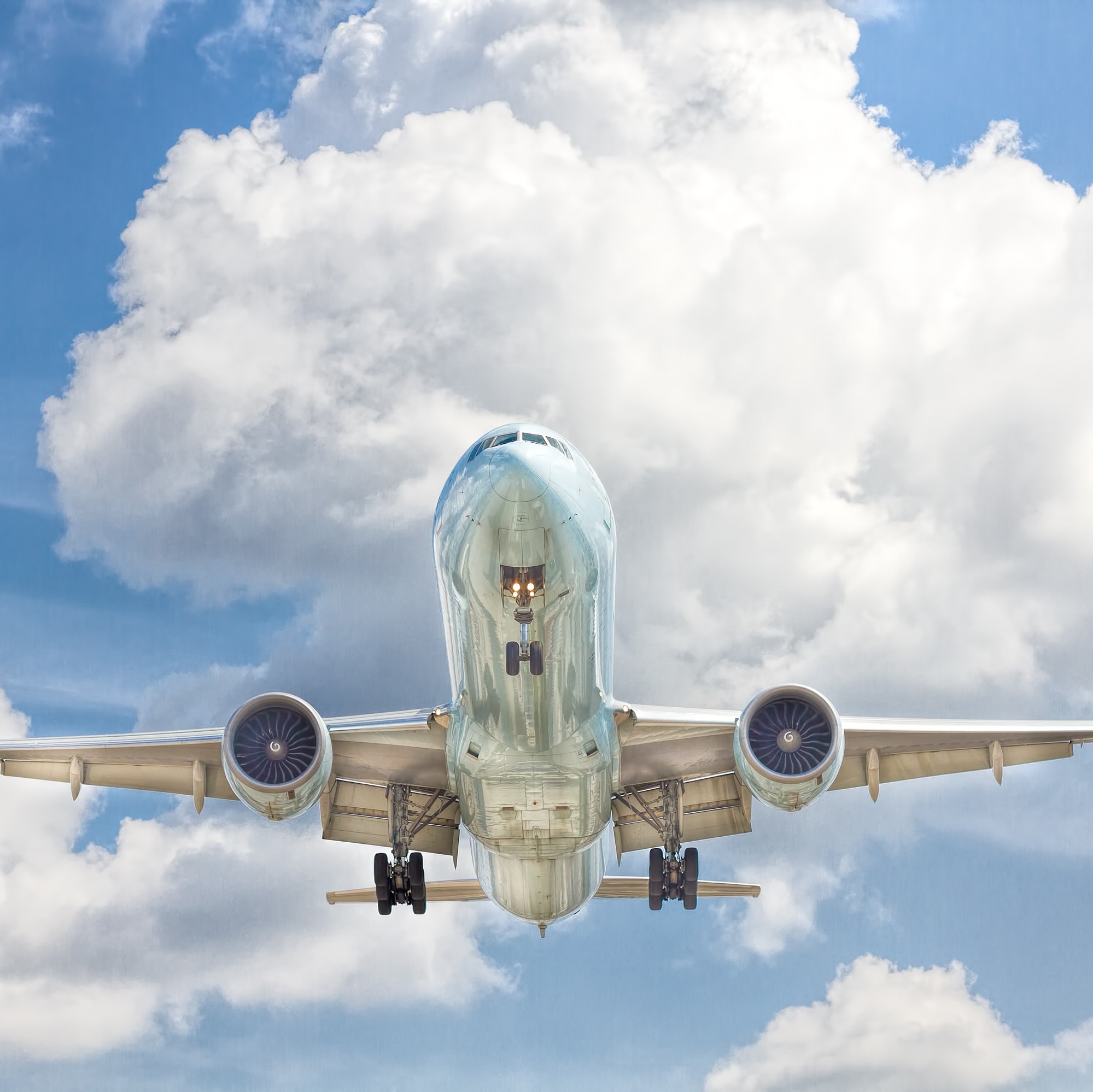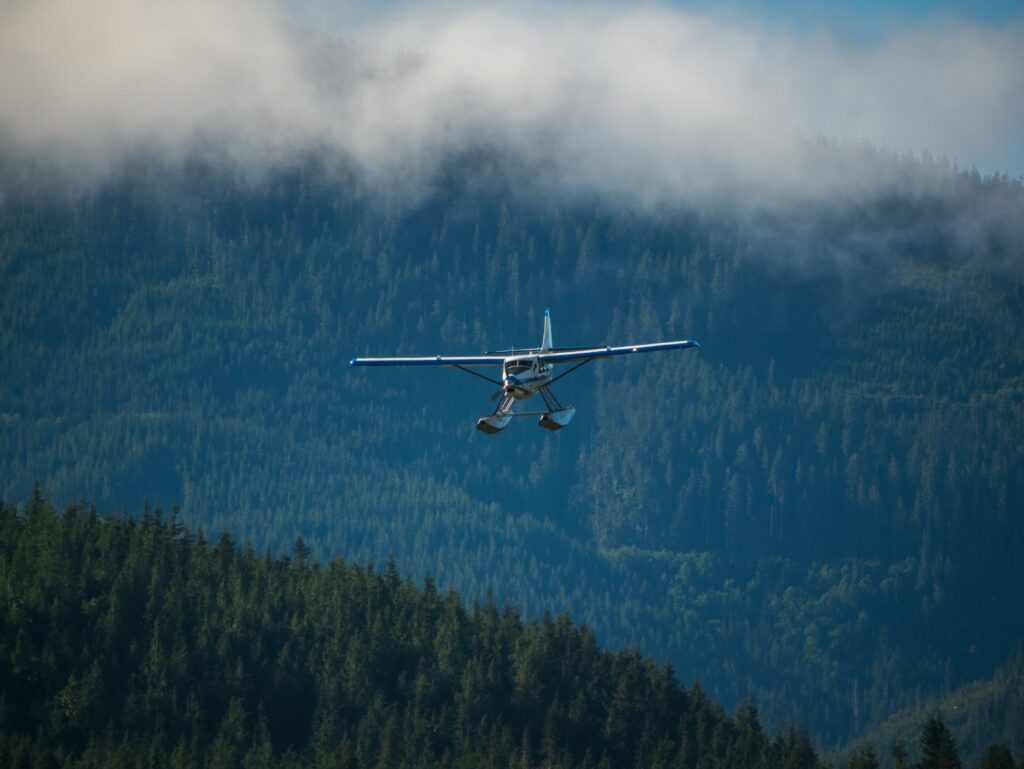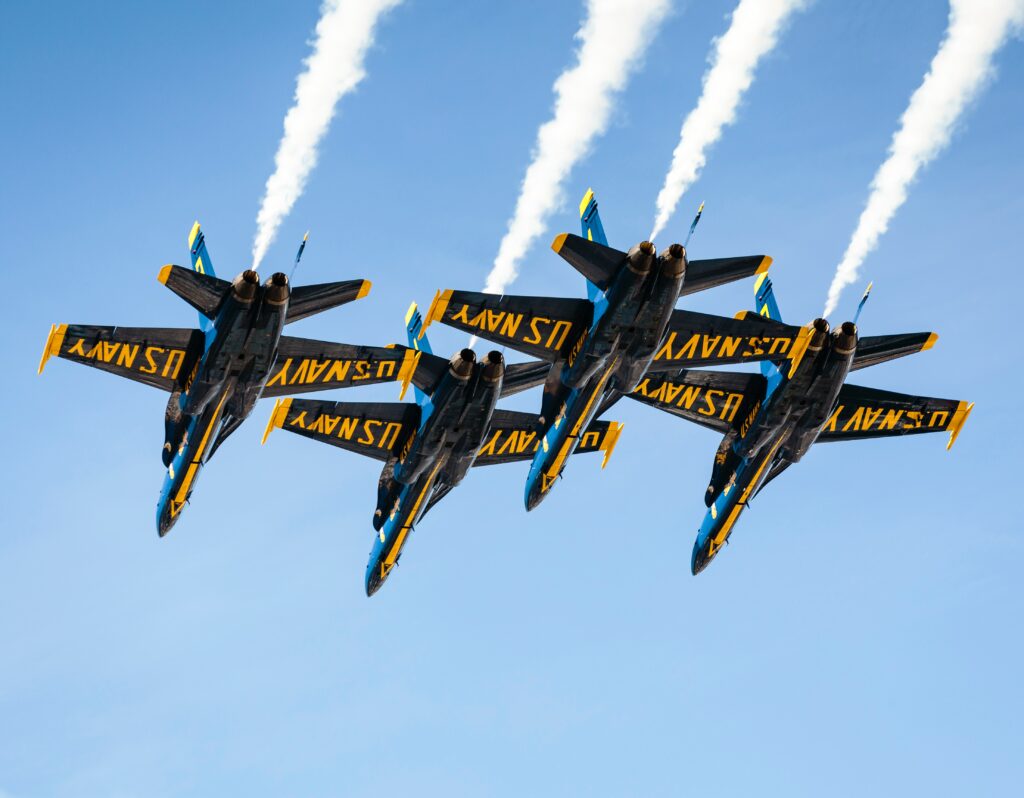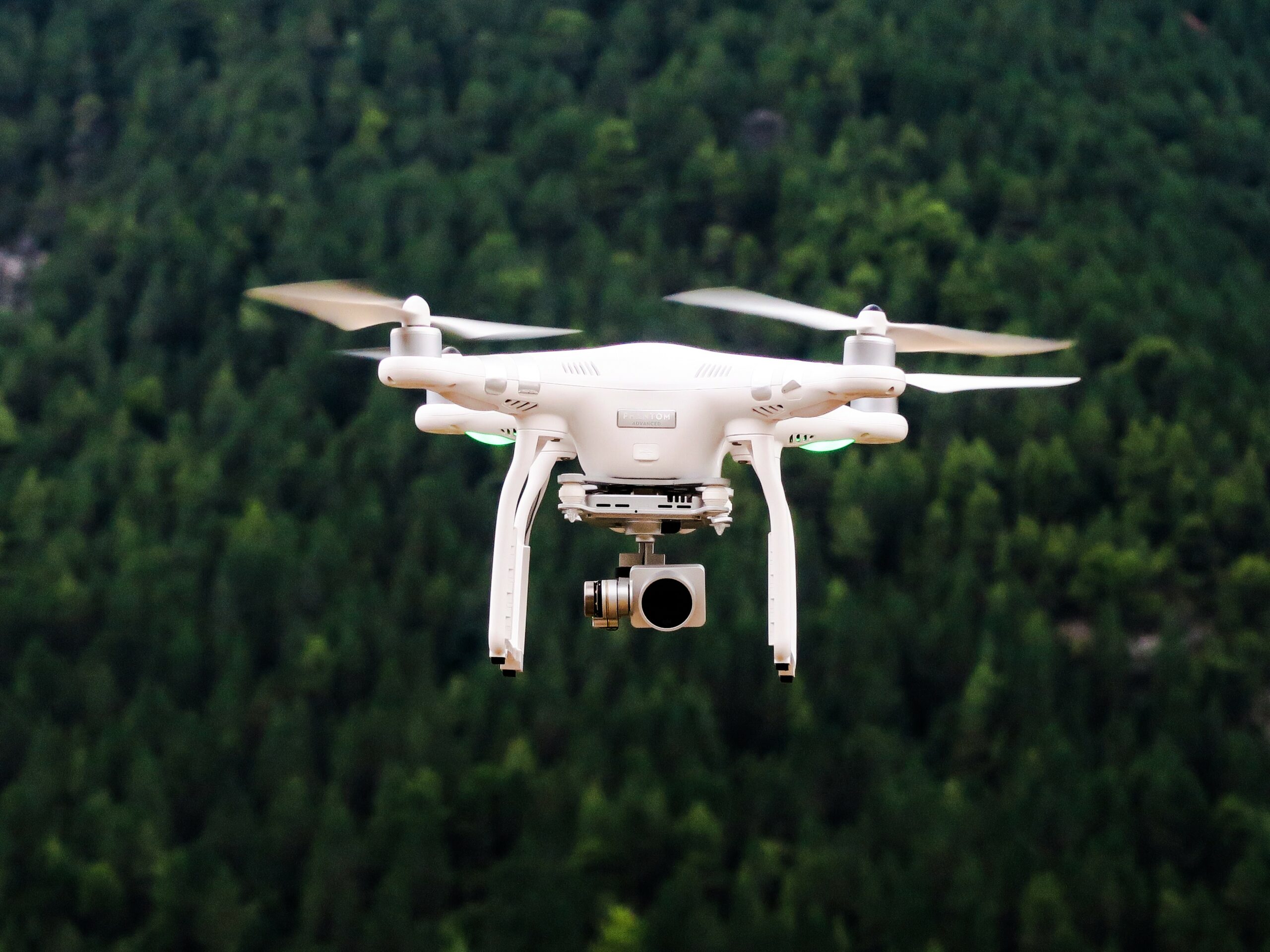What is airspace?
At its simplest, airspace is a three-dimensional piece of the sky in which aircraft fly. In order to safely manage aircraft that operate in that airspace, Air Traffic Control (ATC) divides up that airspace into several sectors. Some of these, like those around major airports, require more intense management when compared to others that might be more rural and less frequently used. Airspace can be divided down these lines into controlled and uncontrolled airspace.

Controlled Airspace
Controlled airspace is in areas where many aircraft are transiting such as around a major airport or may also be over metropolitan areas and cities and suburbs. As well as covering the major routes that are regularly used between countries and airports.
Controlled airspace is used primarily for safety reasons. Air Traffic Control (ATC) will maintain contact with all aircraft in this airspace and provide directions to either allow those aircraft to safely pass through to their destination, approach, and land, or take off and depart from an airport.
The instructions provided by ATC include a compass bearing (or vector) and an altitude with regular updates provided to pilots to safely separate them from other aircraft.
Uncontrolled Airspace
Outside of controlled airspace is uncontrolled airspace, these areas typically cover rural or unpopulated areas away from major airports, metropolitan areas or major air routes.
As airspace is a three-dimensional space in our skies, you can have uncontrolled airspace underneath controlled airspace. A good example is controlled airspace for major air routes which maybe be located from 15,000ft upwards. Whilst below that altitude, uncontrolled airspace may exist.
When in uncontrolled airspace, the pilot is responsible for maintaining safe separation from other aircraft.


No-Fly and Military Areas
Other forms of airspace include no-fly and military areas. These are typically areas in which flights may not operate, or can operate at certain times for certain reasons. For example:
- No-fly zones: cover areas such as gun ranges or sensitive military or civil sites, such as firing ranges or power stations where for safety aircraft are not permitted to fly.
- Military zones: cover areas in which the military train, conduct firing and bombing exercise, for safety civilian aircraft are not permitted into these areas.
Drones
Drones are a new challenge and present a large risk to aircraft. Drones are small and hard to see and if one was to collide with an aircraft it could result in a severe accident. As a result, drone operators should take extreme care when flying their drones and avoid operating near airports in their entirety.



